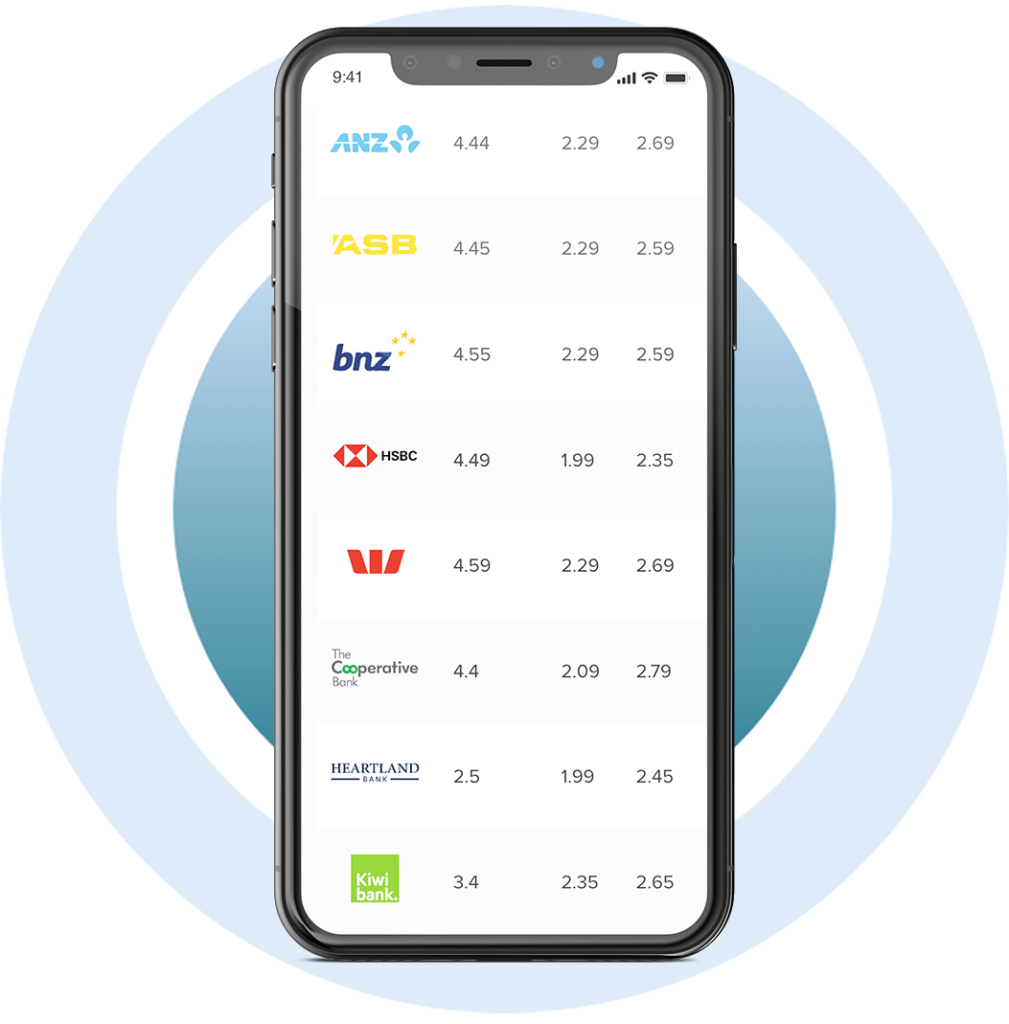Reviewing or refinancing.
Staying ahead of the game.
The NZ economy never stands still, so it’s important to review your home loan regularly. You might discover a switch that will save thousands. Here are some tips on what to consider and a summary of how refinancing happens.
Need help with reviewing and refinancing?
Get a mortgage adviser on side to optimise your home loan arrangements.
Today's Best Rates...
Home refinancing FAQs.
If you’re thinking about refinancing your home, you probably have a bunch of questions in mind and will think of more as you consider your options. Everyone’s situation is different, so the best person to help you is a trusted financial adviser or mortgage broker. In the meantime, here are answers to commonly asked questions about refinancing.
What is mortgage refinancing?
Why would someone refinance their mortgage?
Does refinancing mean you get more money?
What is mortgage refinancing?
Why would someone refinance their mortgage?
Does refinancing mean you get more money?
How much money do you need to refinance?
When should you not refinance?
How often should you consider refinancing a property?
How much money do you need to refinance?
When should you not refinance?
How often should you consider refinancing a property?
Many mortgage advisers recommend an annual review. The idea is to check whether your financial situation and goals are still the same, and whether you still have the best interest rates and loan structure for your needs. Even if they’re not ideal, you may just need to restructure your loan with your current lender, rather than refinancing with a new one. The point is, it pays to check regularly and plan ahead.
Essential reading for refinancers.

How many times can you refinance your home loan?
The short answer to this intriguing question is ‘as often as you want to’. Refinancing, aka remortgaging, can be something you do regularly, to either

When to refinance your mortgage?
When you originally set up your mortgage, it would have been subject to the floating and fixed lending rates for that particular day, with your

A guide to why, when, and how to refinance your mortgage
Change is constant. When you set up your mortgage originally, the interest rates were applicable to the housing market at the time. Likewise, the size
Check out the latest home loan rates.

Helpful calculators.
Refinancing your home or a rental property often begins with a review of what you could afford. This helps you get the balance right between repaying your loan quickly and ending up in financial trouble because you over-reached. Our handy calculators make it easy to plan a budget, check your borrowing power and explore the repayments on various loan structures.



